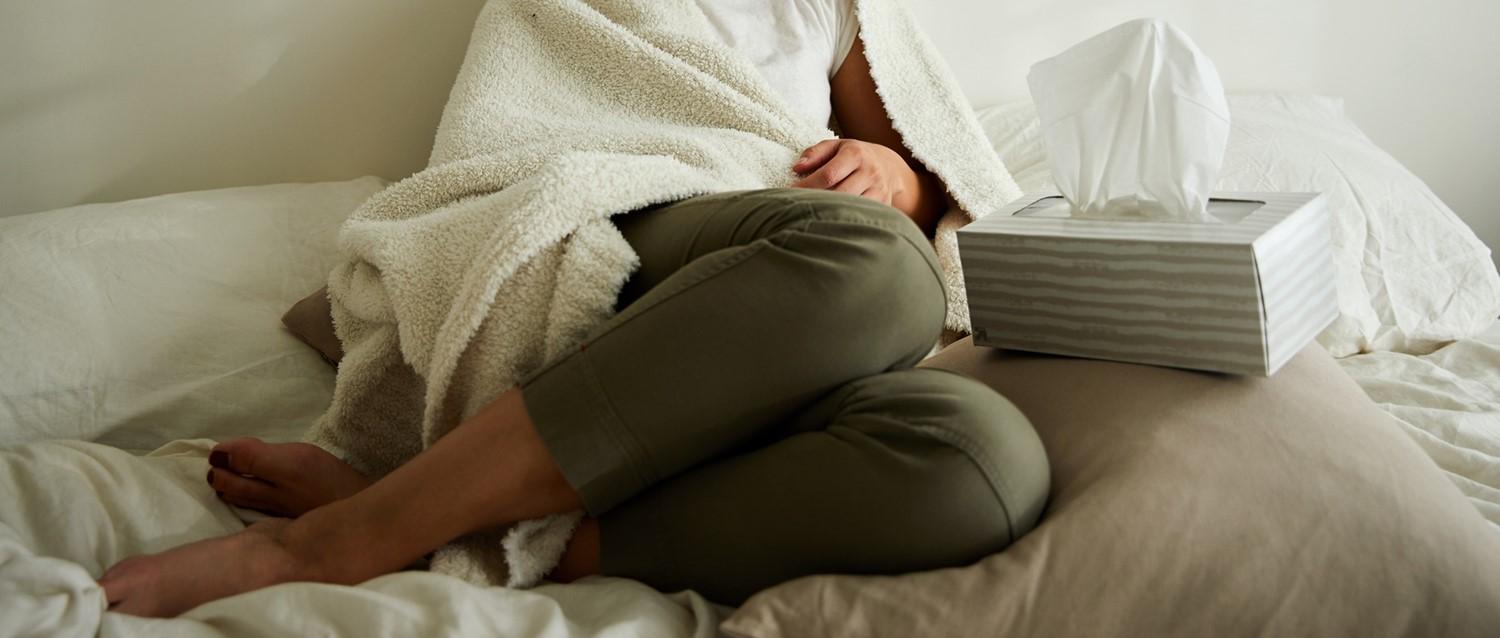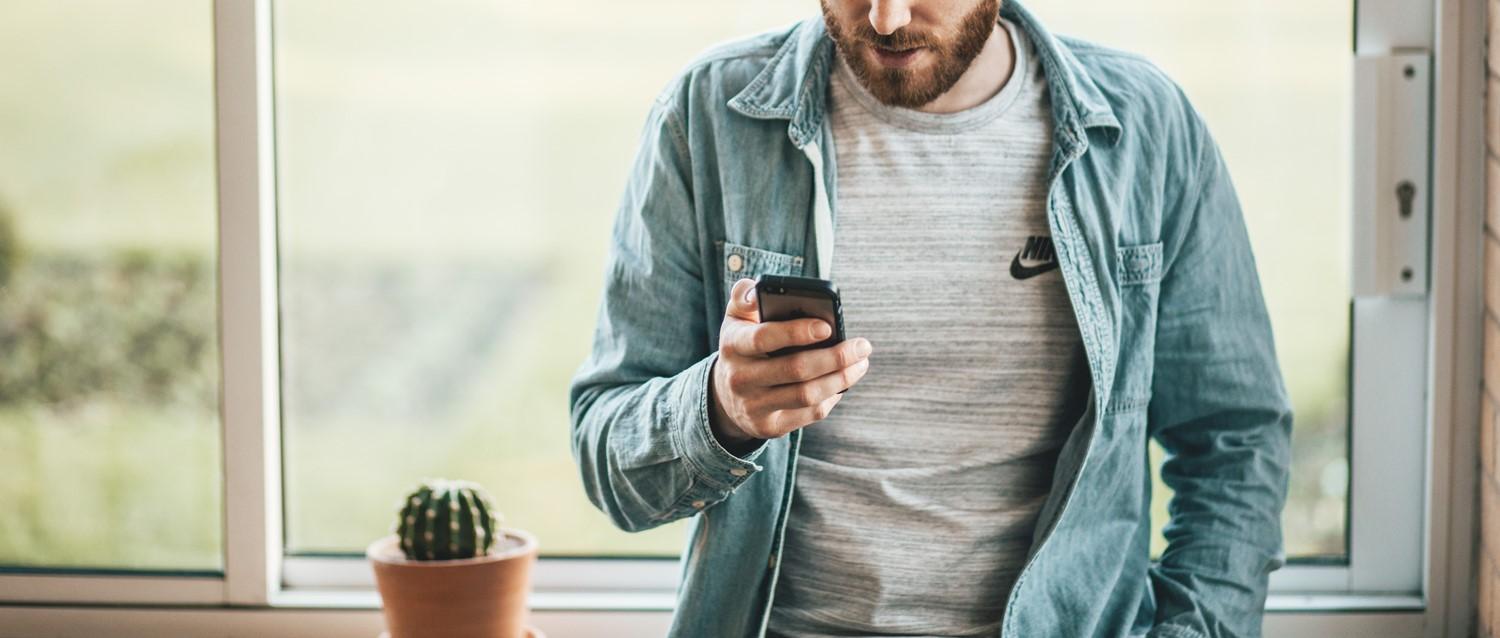
What are the symptoms of the COVID-19 variant Pirola?
Peer reviewed by Dr Krishna Vakharia, MRCGPAuthored by Lydia SmithOriginally published 9 Oct 2023
Meets Patient’s editorial guidelines
- DownloadDownload
- Share
- Language
- Discussion
Cases of COVID-19 are on the rise, fuelled by the spread of a new variant called Pirola. But how can you tell if you have the virus - and should you isolate yourself?
In this article:
The UK Health Security Agency (UKHSA) has launched a new COVID-19 and flu dashboard following an increase in the number of infected patients in hospitals in the UK.
According to the dashboard, there were more than 11,000 positive COVID-19 cases reported in England in the week leading up to and including 20 September 20231. However, although cases are on the rise, they are not as high as they were this time in 2022.
The rise in new cases has been linked to the COVID-19 variant BA.2.86, which is also known as Pirola. It is a sub-variant of Omicron and has more than 30 mutations in its spike protein, compared with other Omicron variants. This means it may spread more easily, as the spike protein is how the virus enters human cells.
The UKHSA said Pirola has been identified in most regions, but added that vaccination offered protection against serious illness caused by the coronavirus.
Professor Susan Hopkins, chief medical advisor of the UKHSA said in a statement:
"The autumn vaccination programme has started and this new data shows once again how important it is that the most vulnerable among us are fully vaccinated in order to receive the greatest possible protection. I urge everyone eligible to come forward for their next dose as soon as they are called."
Continue reading below
What are the symptoms of Pirola?
The most common symptoms include: Sneezing, sore throat, headache, fatigue, high temperature, a runny nose, changes to your sense of taste or smell.
Less common symptoms include: Skin rashes, changes in the mouth or tongue - such as ulcers or soreness - sore fingers or toes, diarrhoea and itchy eyes2.
Should you self-isolate if you have COVID-19?
If you or your child have tested positive for COVID-19, you should try to stay at home and avoid contact with other people for 3 days after the day the test was taken if you are under 18.
If you’re over 18, you should try to stay at home and avoid contact with other people for 5 days after the day you took your test.
It’s important to avoid meeting people who are more likely to get seriously ill from viruses -such as the elderly or people with a weakened immune system - for 10 days after the day you took your test.
Continue reading below
Where to get a COVID-19 test
Some people are eligible for free COVID-19 lateral flow tests.
You may be able to get free COVID-19 tests if:
You have a certain health condition and are eligible for COVID-19 treatment on the NHS. For example, if you have a weakened immune system, HIV or AIDS, Down's syndrome, severe liver disease or if you are receiving treatment for cancer.
You work in healthcare or in a hospice.
If you aren't eligible for free COVID-19 tests, you can buy them at a pharmacy.
Further reading
Patient picks for Variants information

COVID-19
Should you be worried about the Indian COVID-19 variant?
Despite lockdown restrictions easing following a drop in cases, hospitalisations and deaths compared to previous months, the threat of COVID-19 remains in the UK. Various strains of the virus have emerged throughout the pandemic - notably the Kent, South African and Brazilian variants - and now a new variant of concern has emerged, originating in India.
by Milly Evans

COVID-19
COVID-19: how do Omicron symptoms compare to other variants?
First identified in South Africa on 24th November 2021, the new COVID-19 variant known as Omicron has fast become a variant of concern in the UK and worldwide. How do the symptoms of Omicron compare to other COVID-19 variants?
by Amberley Davis
Continue reading below
Article history
The information on this page is peer reviewed by qualified clinicians.
9 Oct 2023 | Originally published
Authored by:
Lydia SmithPeer reviewed by
Dr Krishna Vakharia, MRCGP

Ask, share, connect.
Browse discussions, ask questions, and share experiences across hundreds of health topics.

Feeling unwell?
Assess your symptoms online for free
Sign up to the Patient newsletter
Your weekly dose of clear, trustworthy health advice - written to help you feel informed, confident and in control.
By subscribing you accept our Privacy Policy. You can unsubscribe at any time. We never sell your data.